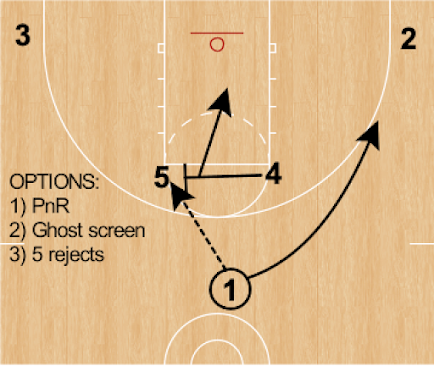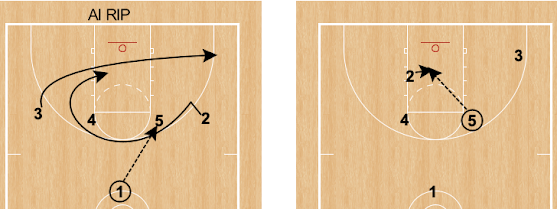Find entertaining and informative programming. Here are a few basketball-related that I found doing both.
Swagger (Apple TV). With Kevin Durant as Executive Producer, Swagger delivers the emotional roller coaster of young Jace Carson who searches for the big time. He's searching for a path to the pros. His coach is a no-nonsense guy struggling to carve out his own pathway on the Metro DC club team circuit. “I need you not to just be the best player. I need you to be the most valuable.” More realism is possible if parents were chirping, "you're playing Jace too much."
The Playbook (Netflix). For sport aficionados, The Playbook profiles five pro coaches including Doc Rivers and Dawn Staley. Rivers shares insight into "ubuntu" and Staley explains that she realized success at UVA meant putting as much effort into study as basketball. But it also gives insight into Serena Williams' coach Patrick Mouratoglou, European soccer maven and curmudgeon Jose Mourinho, and USWNT soccer coach Jill Ellis.
Dean Smith (Showtime, 2015). Showtime profiles the North Carolina legend who links the past (Phog Allen) with modern basketball (Michael Jordan). Smith broke the color barrier in the ACC, recruiting Charles Scott and was a powerful voice for social change in addition to being a two-time NCAA Championship coach.
Basketball or Nothing (Netflix). Competition has universal appeal. The reality television documentary follows Chinle High School as a new coach seeks to deliver a state championship with talented but undisciplined players who grew up playing Rezball. Along the way, they encounter Winslow Arizona, but not The Eagles.
Last Chance U: Basketball (Netflix). Why do we love basketball? Inspiration, emotion, and the fine line between success and failure captivate us. LCUB explores the journey.


























